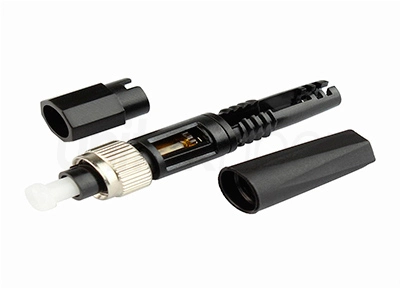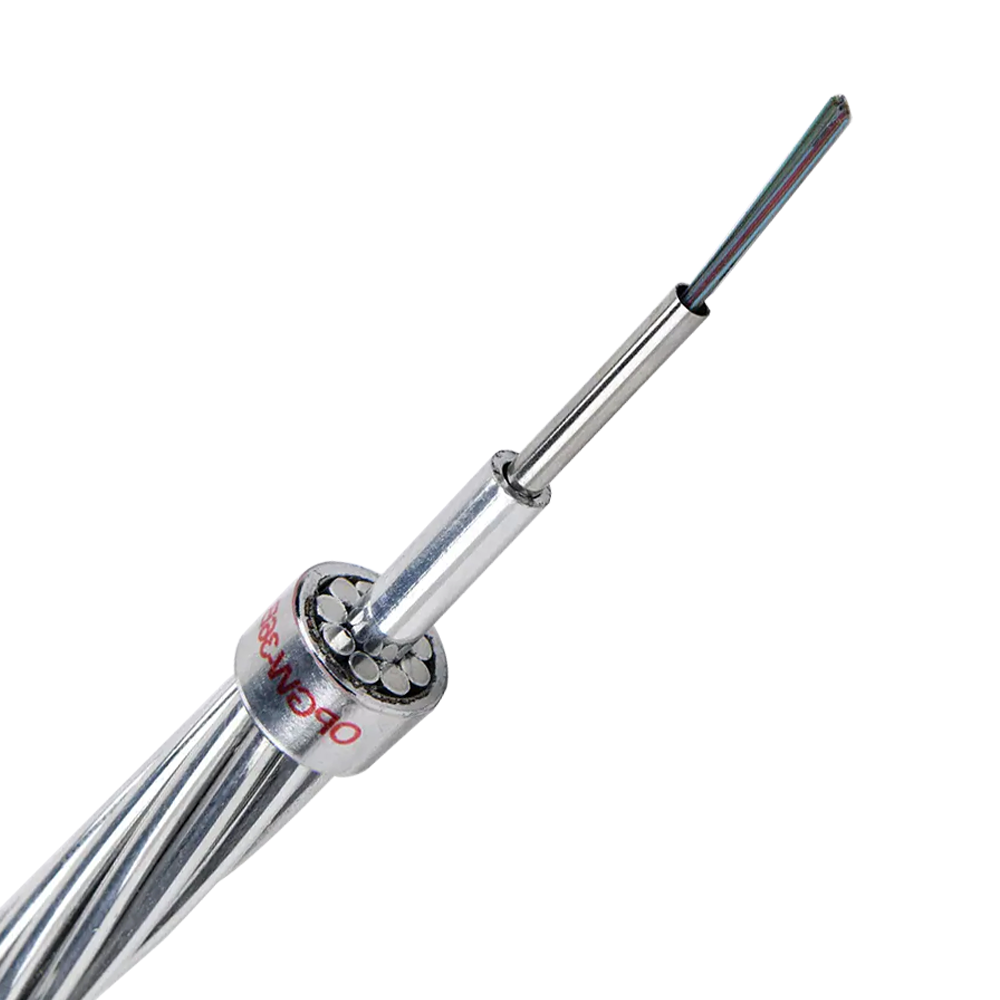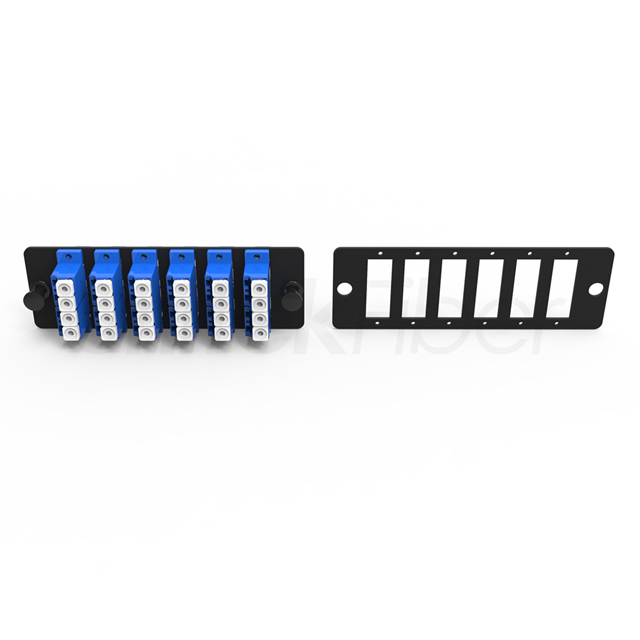
Fiber to the Home (FTTH) has become the preferred solution for high-speed broadband access, bringing users faster and more stable network experiences. At the core of the FTTH network architecture, the Planar Lightwave Circuit (PLC) splitter plays a crucial and irreplaceable role. UnitekFiber offering all kind of fiber optic PLC splitter, such as steel tube PLC splitter, AGX box PLC splitter and ABS Cassette PLC splitter. Do you know the function of PLC splitter for FTTH network? Let's explore it.
The most fundamental function of a PLC splitter in an FTTH network is optical signal distribution. In an FTTH system, a single optical fiber from the central office or optical line terminal (OLT) needs to connect to multiple end-user optical network units (ONUs). Fiber optic splitter acts as a “traffic controller” for optical signals. It takes the incoming optical signal from the feeder fiber and evenly divides it into multiple output optical signals, which are then transmitted to different user terminals through drop fibers. For example, in a 1*8 optical splitters, one input optical signal is split into eight separate signals, enabling one feeder fiber to serve eight users. This function greatly reduces the number of fibers required from the central office to user homes, saving on construction costs and fiber resources.
Despite splitting the optical signal, the PLC splitter fiber optic is designed to maintain high quality and stable signal transmission. PLC splitter is manufactured using planar lightwave circuit technology, which involves precise photo-lithography and etching processes. These advanced manufacturing techniques minimize signal loss and crosstalk between different output ports. Signal loss is carefully controlled within an acceptable range; for instance, in a well - made 1×16 PLC splitter, the typical insertion loss is around 13~14dB. By keeping the signal loss low and ensuring minimal interference between different output channels, the fiber optic splitter guarantees that each user receives a clear and stable optical signal, which is essential for smooth data transmission, high definition video streaming, and other bandwidth intensive applications.
PLC optical splitters also contribute significantly to the flexibility and scalability of FTTH networks. As the demand for broadband access grows and more users need to be connected, adding new users becomes relatively easy with PLC splitter fiber. Network operators can simply add more drop fibers cable and connect them to the available output ports of existing fiber optic PLC splitters. This modular design allows for seamless expansion of the network without major disruptions to the existing infrastructure. Additionally, different types of PLC splitters with various splitting ratios (such as 1*2, 1*4, 1*32, etc.) can be selected according to different application scenarios and user densities. In residential areas with high user concentrations, a higher ratio PLC splitter like 1*32 can be used, while in less populated areas, a lower ratio PLC splitter might be more appropriate.
Using PLC splitters is highly beneficial in FTTH network deployment. By sharing a single feeder fiber among multiple users, the amount of fiber optic cable that needs to be laid from the central office to the neighborhood is significantly reduced. Fiber optic cables are not only expensive to purchase but also costly to install. Reducing the length of feeder fibers directly cuts down on both material and labor costs. Moreover, the compact size and easy installation of PLC splitters further lower the overall deployment cost. They can be easily integrated into optical distribution frames, cabinets, or even installed outdoors in suitable enclosures, making the construction and maintenance of FTTH networks more cost effective.
PLC splitter is an indispensable component in FTTH networks. Its functions of optical signal distribution, ensuring signal quality, enabling network flexibility, and providing cost effectiveness are all critical factors in the successful implementation and operation of FTTH systems. As the demand for faster and more reliable broadband continues to increase, the role of PLC splitters will remain vital in building and optimizing future proof FTTH networks. Please feel free to contact us via sales@unitekfiber.com for more details about fiber optic PLC splitters.



